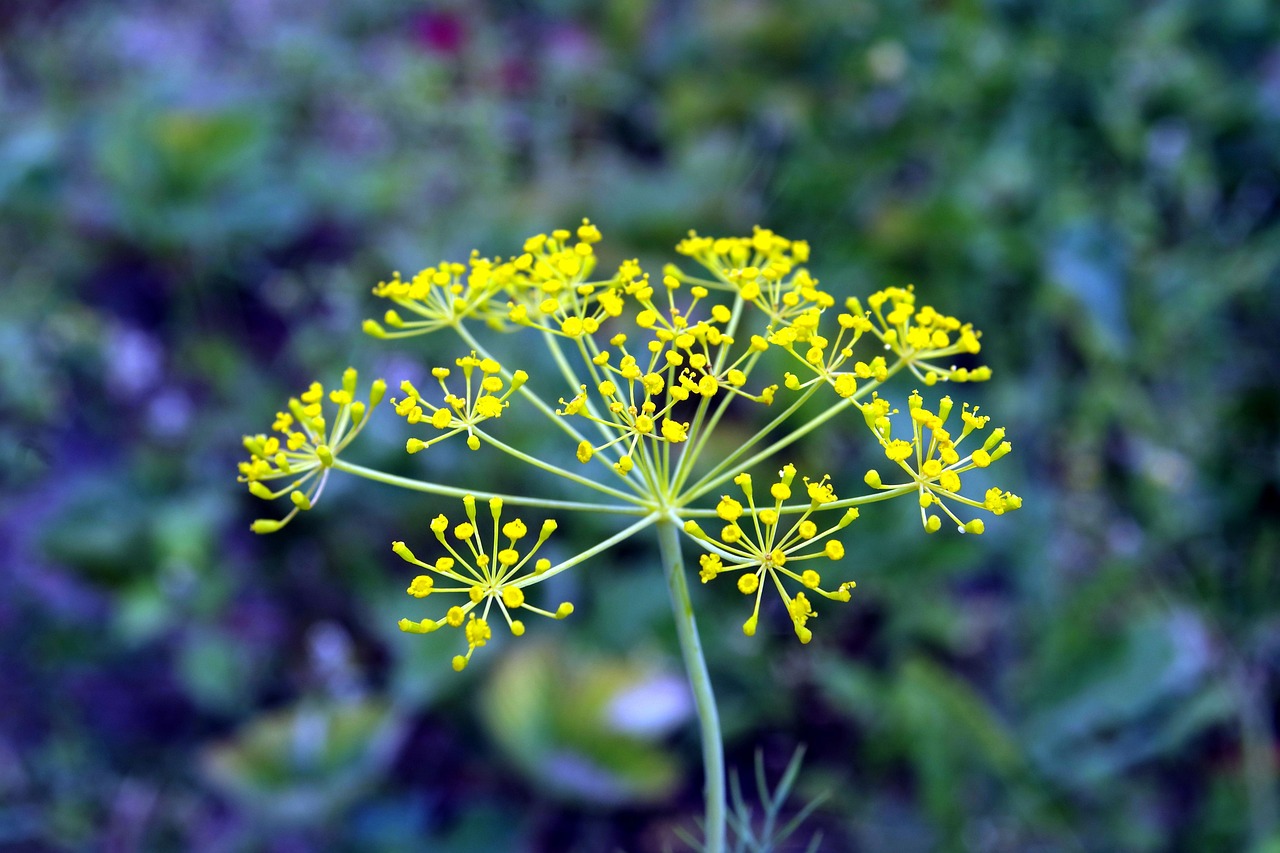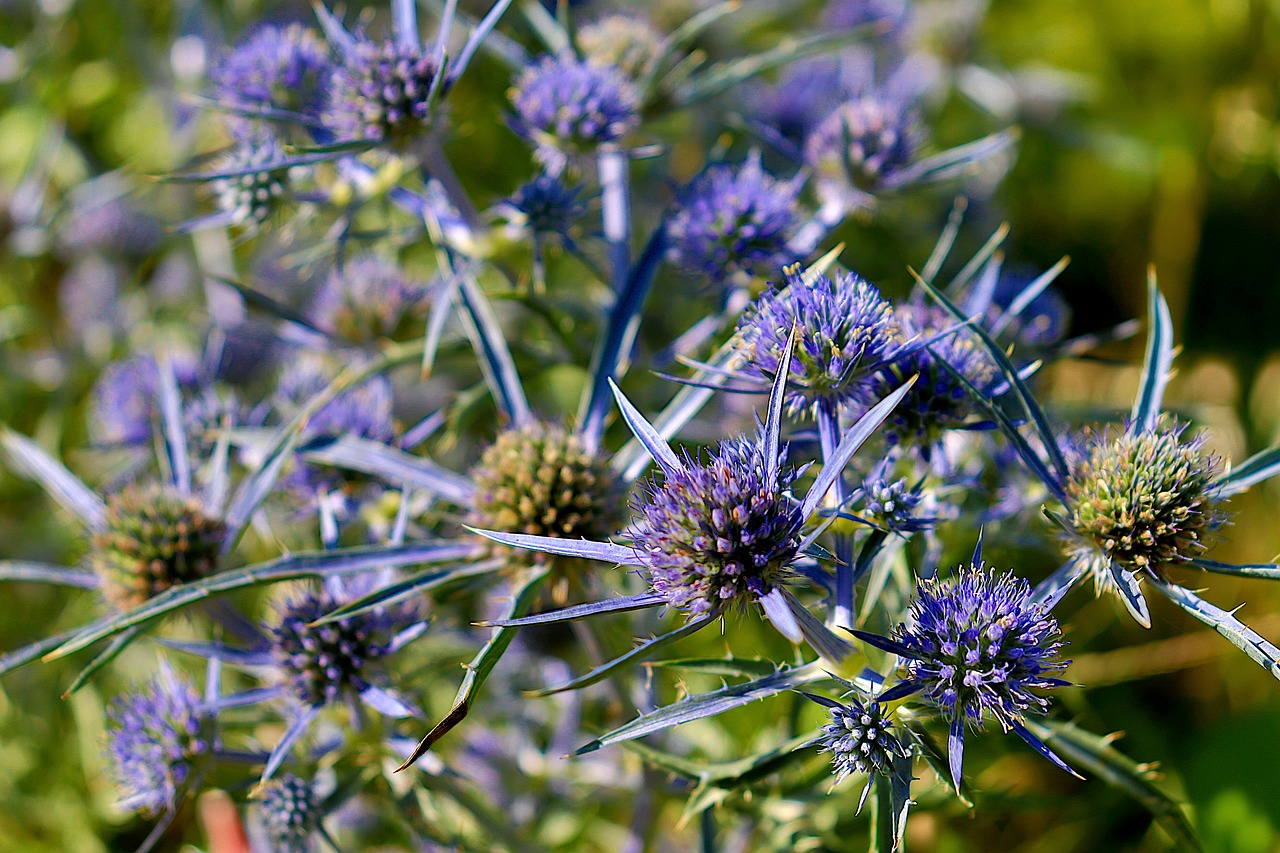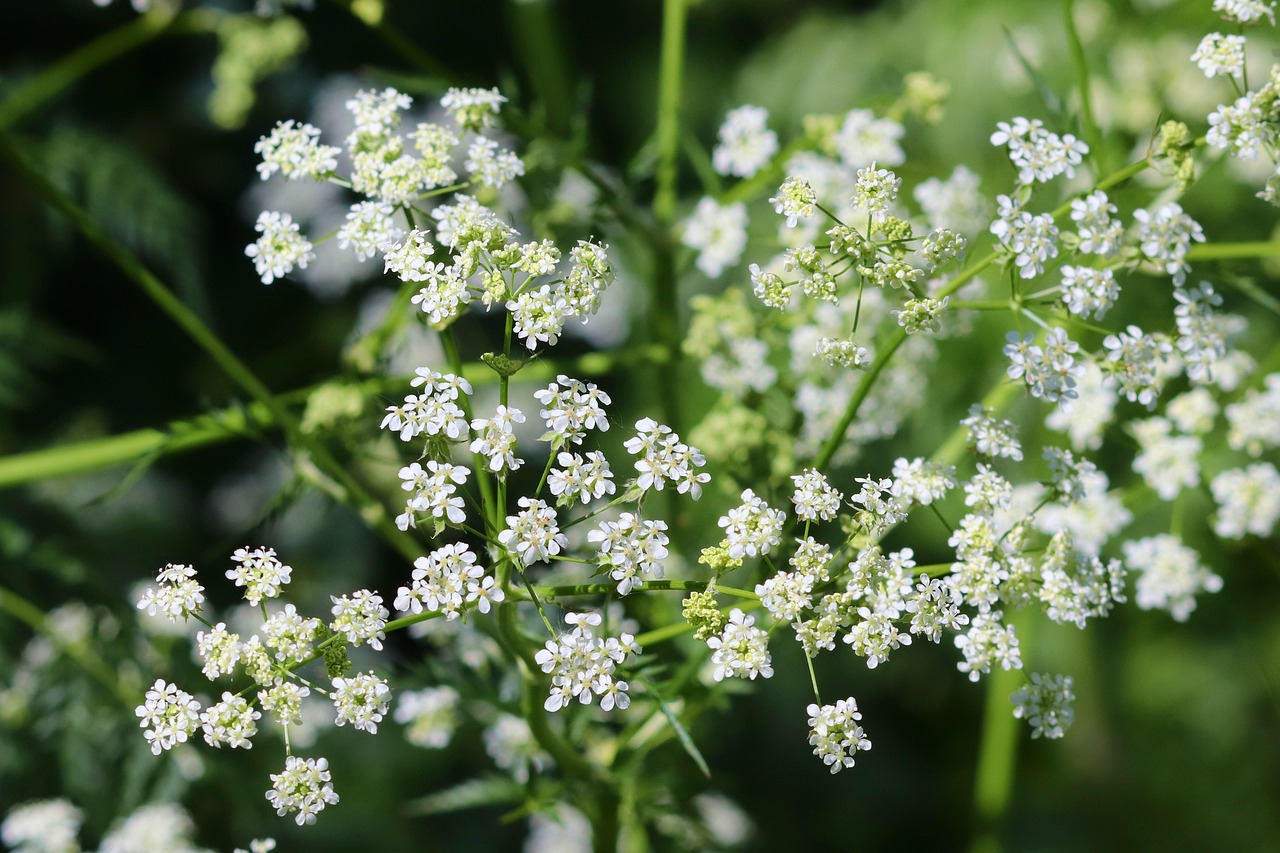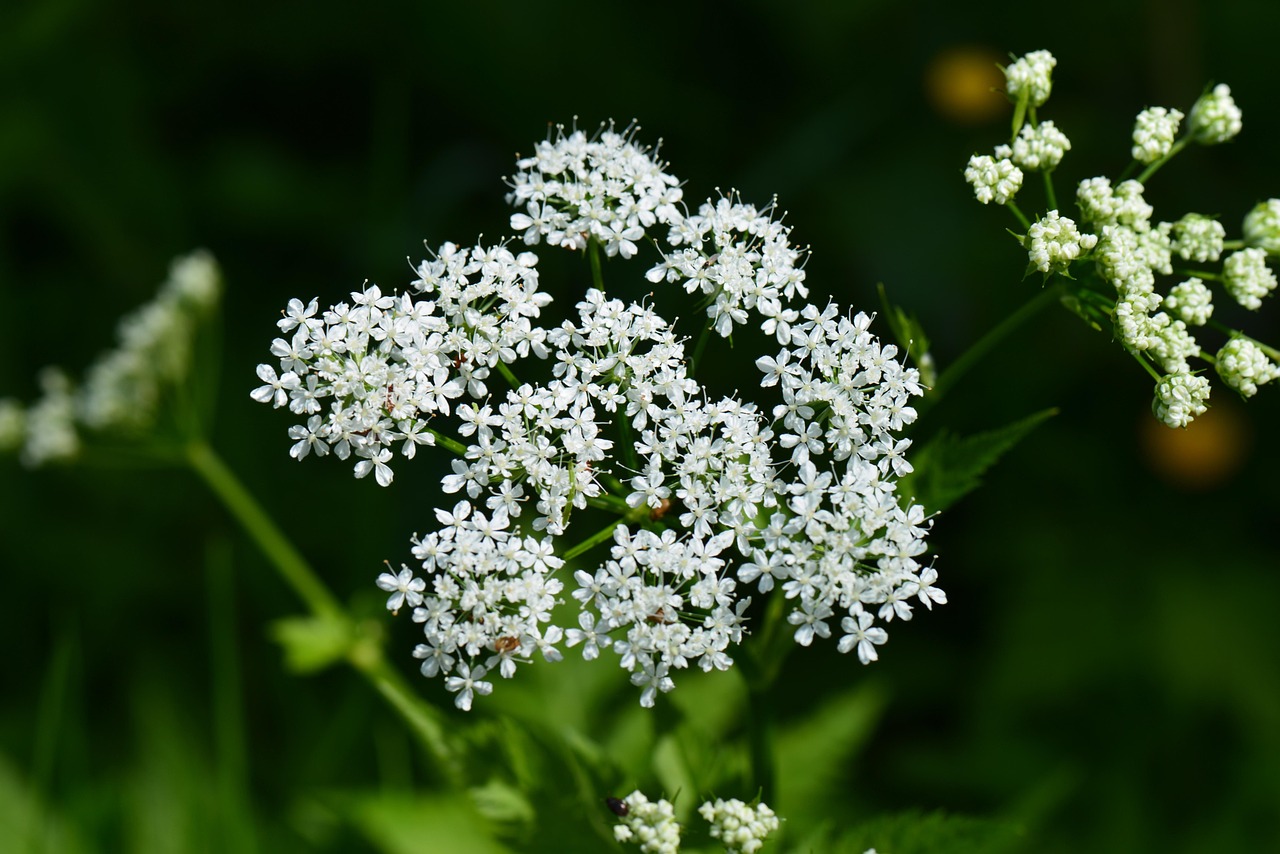Italian Parsley | Features and Care
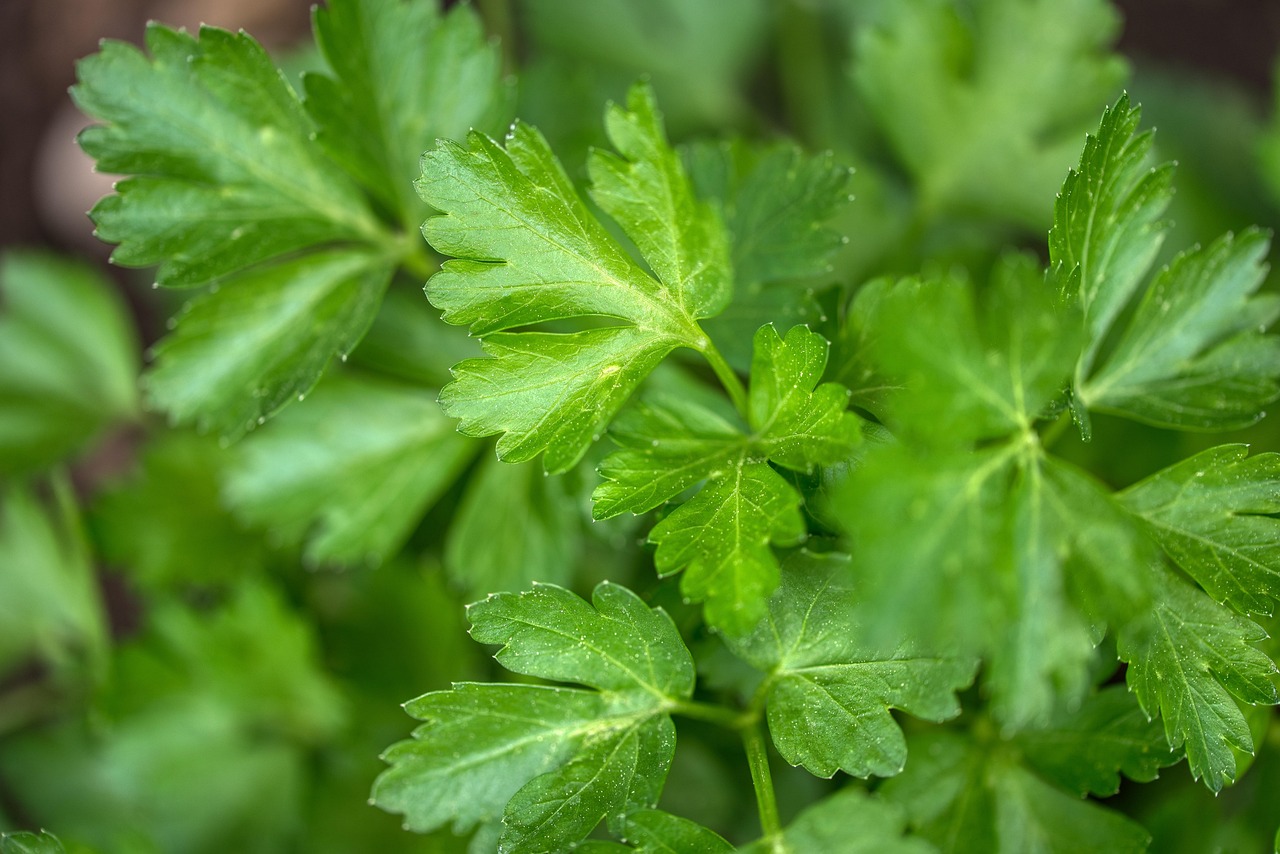
Italian parsley is a member of the Apiaceae family, distinguished by its flat leaves and refreshing fragrance. Compared to curly parsley, it has broader leaves and a slightly stronger aroma, making it highly valued in cooking.
At the same time, it has long been appreciated as an ornamental and garden plant with a rich cultural and historical background. Particularly in the Mediterranean region, it has been closely tied to food traditions and domestic life.
This article explores its cultural and historical significance along with detailed care instructions.
Basic Information
- Scientific name: Petroselinum crispum var. neapolitanum
- Family: Apiaceae
- Origin: Southern Europe (Mediterranean region)
- Appearance: The flat leaves are bright green with deep lobes and a smooth, slightly glossy surface. The leaf stems are moderately long and grow upright.
- Blooming season: From early to mid-summer, small white to pale green flowers bloom in compound umbels at the tips of the stems.
Cultural Characteristics Around the World
Italian parsley has played an important cultural role throughout the Mediterranean region. In Italy, it is indispensable in traditional cooking and is often grown in pots on sunny kitchen windowsills. In many rural homes, it is both a practical and decorative presence at the dining table.
In France, it is a key herb in the bouquet garni and an essential ingredient for chefs. In Provence, it is frequently planted in herb gardens, contributing to fragrant and functional landscapes.
In the Middle East, it is used to enhance celebratory dishes, while in parts of North Africa, it appears in traditional meals for visual appeal. Each region uses it according to its unique cultural context.
Historical Background
The history of Italian parsley dates back to ancient texts. In Greece around the 4th century BCE, parsley was used to make wreaths and decorations for athletes, signifying more than just a culinary plant.
During Roman times, it was commonly grown in household gardens, serving both ornamental and practical purposes. Writings by Roman agriculturalists such as Columella and Pliny the Elder mention its cultivation, suggesting its widespread use as an everyday plant.
In the Middle Ages, it held a key position in monastic herb gardens. These gardens were not only used for medicinal plants but also reflected the monks’ philosophy of self-discipline and communion with nature. Detailed cultivation instructions were included in monastic plant manuals, indicating its importance in horticultural knowledge transfer.
From the Renaissance onward, when gardening became fashionable among the educated classes, Italian parsley was recognized as a plant that combined beauty and usefulness. It was widely planted in manor gardens and urban plots.
Gardening Advice
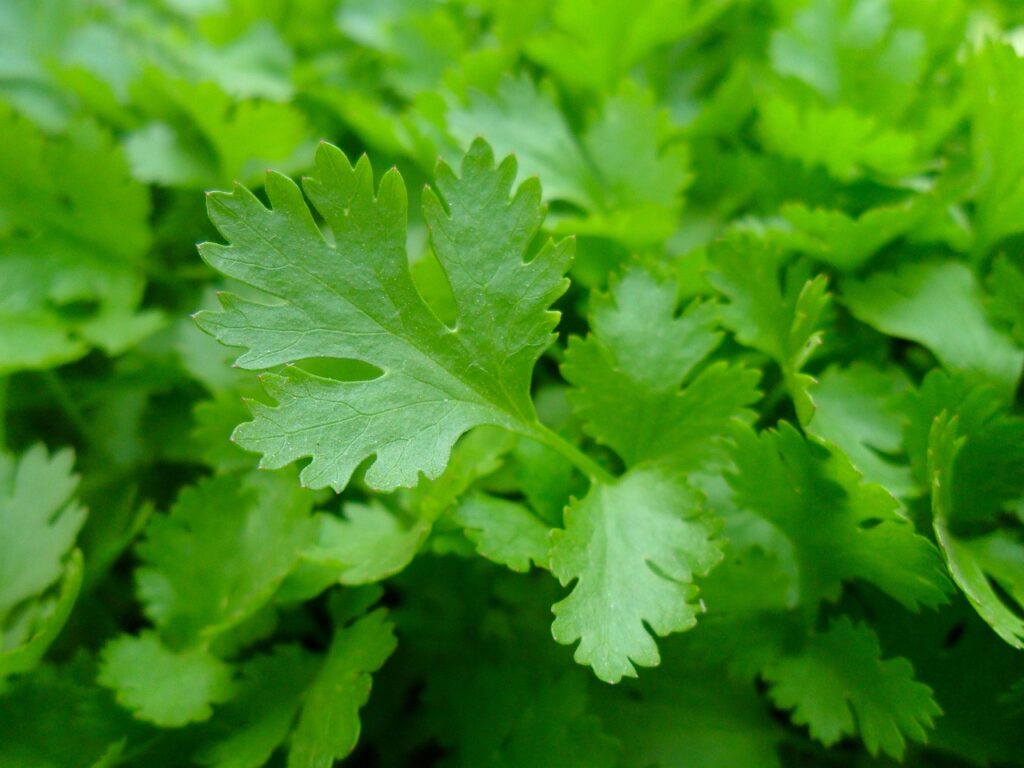
Italian parsley is usually grown as an annual or biennial and develops quickly. With proper care, it can thrive in home gardens or containers.
Sunlight
Prefers sunny locations but should be protected from intense summer sunlight. It also grows in partial shade, though limited sunlight may reduce its fragrance.
Watering
Water thoroughly when the soil surface becomes dry. It is sensitive to drought, especially in pots during hot weather. Ensure good drainage to avoid waterlogging.
Soil
Neutral to slightly alkaline soil with both drainage and water retention is ideal. Mix commercial herb soil with compost or pumice to improve airflow.
Fertilizer
Use a slow-release fertilizer at planting and apply diluted liquid fertilizer every two weeks during the growing season (spring to early summer). Avoid over-fertilizing, which may toughen the leaves.
Thinning and Harvesting
Thin seedlings to maintain 10 cm spacing to improve airflow. Harvest from the outer leaves, keeping the center intact to prolong the growth period.
Overwintering
In warmer climates, it may overwinter, but in colder regions, it is typically grown as an annual. Collect seeds in autumn and sow again in spring.
Conclusion
Italian parsley is a fragrant herb with flat, vivid green leaves, valued not only for its culinary uses but also for its historical and horticultural significance. From ancient Greece and medieval monasteries to modern European gardens, it has long held a central role.
Understanding its ties to Mediterranean culture and gardening traditions allows for a deeper appreciation of its place in history. Proper attention to sunlight, moisture, and soil quality ensures a rewarding cultivation experience.

